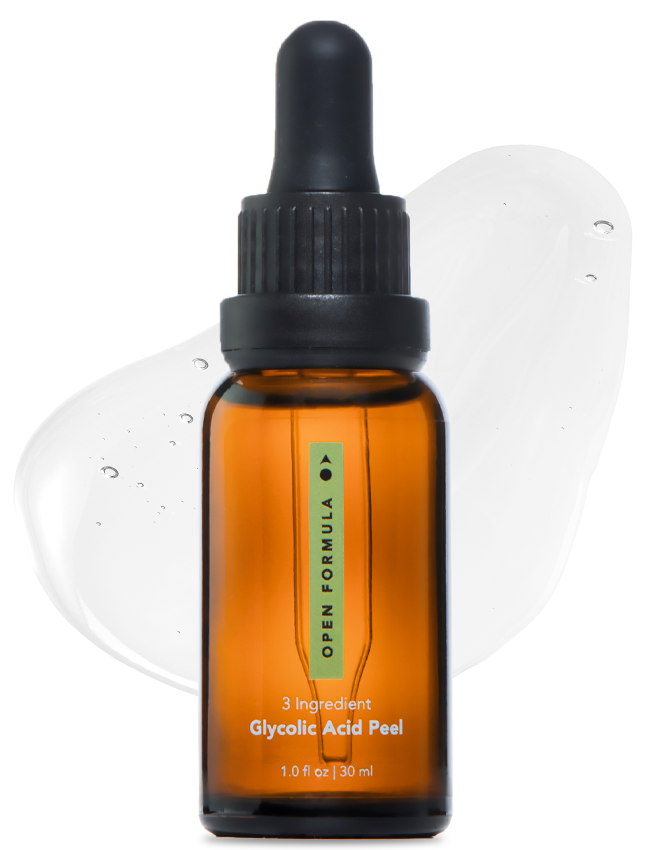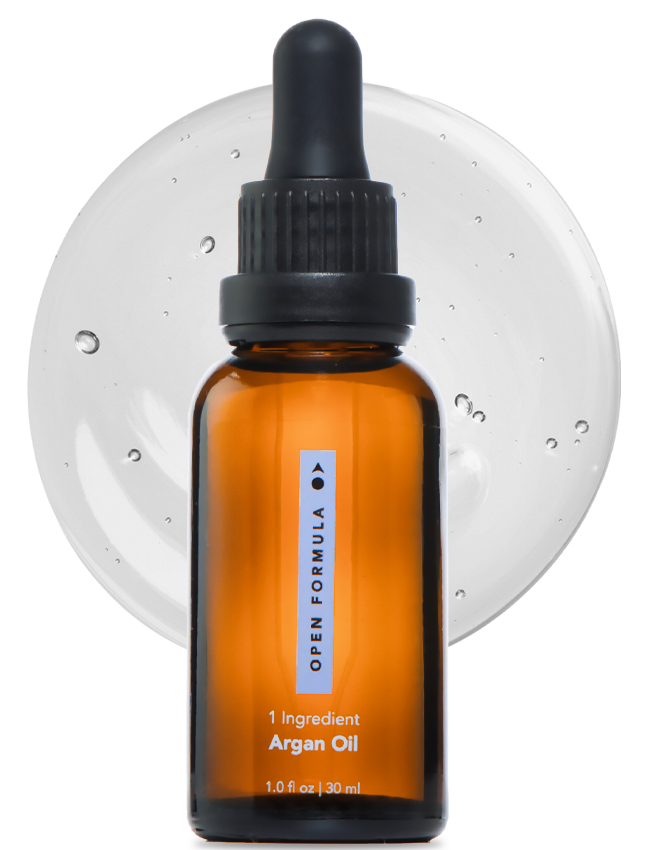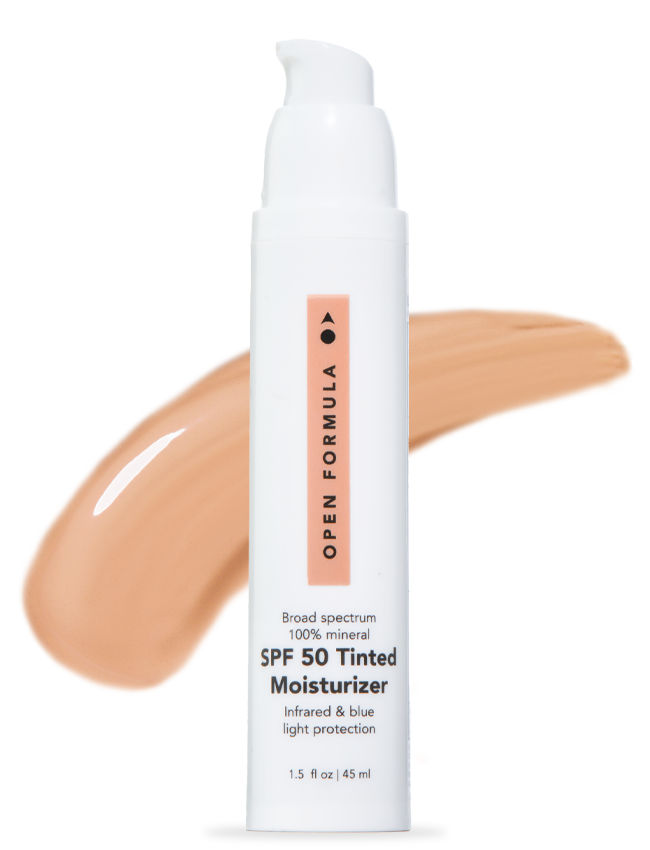Studies have found that there's just one thing responsible for up to 80% of visible signs of aging in skin - the sun. While necessary for all life on Earth, the sun also emits powerful UV rays that can, unfortunately, damage skin.
How Does the Sun Damage Skin?
There are two types of UV rays from the sun that reach the Earth's surface - UVA and UVB. Overexposure to both of these UV rays exposes your skin to free radicals, harmful molecules that ultimately lead to sun damage on the skin.
Free radicals cause stress on your skin, weakening your skin's collagen supply and causing your skin to overproduce melanin in certain areas. One of the best steps to protect your skin from sun damage is to wear broad-spectrum sunscreen every day.
However, this advice is too little too late for many people, but that doesn't mean there's nothing you can do about sun damage to the skin!
Top 3 Signs of Sun-Damaged Skin
Scientifically, the signs of aging caused by the sun are called photoaging - literally, light-aging. Here's how to tell if your skin is sun damaged, plus what you can do about it.
#1 Sun Spots and Uneven Skin Tone
Some of the significant issues sun exposure can cause are tell-tale sun spots and uneven skin tone on your skin, most commonly on the forehead and cheekbones - areas that are typically more exposed to the sun.
They can look like irregular patches of darker skin tone or persistent freckle-like marks. Either way, both of these on the skin can indicate long-term sun damage.
#2 Lax, Enlarged Pores
Because sun exposure damages your skin's natural collagen supply, your skin is far less firm and bouncy than before. One side effect of this can be your pores looking larger than they should be!
Pores can look enlarged after years of sun exposure because your skin lacks the firmness from collagen that would generally keep skin plump and refined.
#3 Premature Wrinkles
Another visible skin concern linked to dropping collagen levels is the appearance of wrinkles - especially if they've popped up earlier than you think they should have!
Our collagen levels naturally deplete over time, but overexposure to UV rays can speed up the process for wrinkles that appear earlier and form much more deeply than those caused by natural aging.
How to Reverse the Appearance of Sun Damage
Supporting your skin's collagen levels is of utmost importance when it comes to reversing the signs of sun damage on skin. Here's a roundup of the best skin care ingredients that are proven to boost your skin's collagen supply for youthful, glowing skin
Vitamin C
Vitamin C is a powerful antioxidant with well-researched and proven abilities to tackle all signs of aging - especially photoaging. Vitamin C does two essential things to reverse the signs of sun damage.
First, this effective ingredient helps skin regulate melanin production - our skin's natural pigment molecule - preventing too much melanin from occurring in certain parts of the skin, resulting in uneven skin tone.
Secondly, Vitamin C has a unique ability to stimulate your skin's collagen production, plumping wrinkles from the inside out and improving skin's firmness and elasticity for a youthful glow.
Retinol
This well-researched skincare ingredient is considered one of the gold standards for anti-aging, and for good reason. Retinol's unique ability to encourage skin cell turnover gives your skin's collagen matrix an essential boost, supporting your skin's collagen creation processes to firm skin and soften the look of wrinkles.
Skin cell turnover also works to even out uneven skin tone, fading away existing dark spots for an even-toned glow.
Glycolic Acid
Glycolic Acid is an exfoliating skincare ingredient that works both on the surface of your skin and in the deeper layers of your skin. One of glycolic Acid's strong suits is to even and refine skin tone through exfoliation, helping age spots and sun spots fade away.
However, Glycolic Acid has one more trick up its sleeve! The reason it's one of the best skincare ingredients to reach for when it comes to sun damage because it also has the power to encourage collagen production in the skin, replenishing your skin's lost collagen stores for firmer, more youthful skin.
Reversing Sun Damage: The Bottom Line
Sun damage on skin can be prevented by wearing and reapplying sunscreen frequently. However, there are options available for softening the look of these dark spots and premature wrinkles to bring a youthful radiance back to the skin for those who have existing signs of sun damage.






























